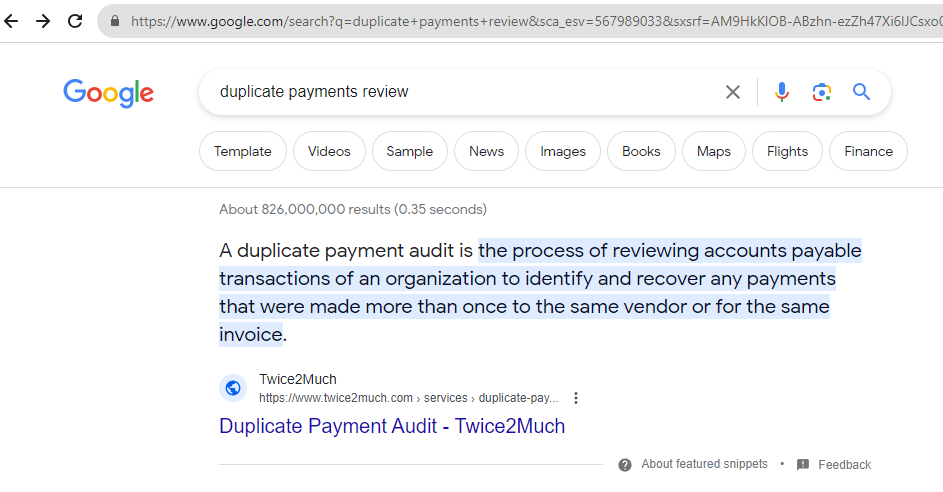Title: My Second Encounter with Clio Draft: A Journey of Anticipation and Reality
As someone who thrives on challenges, I recently decided to give Clio Draft (formerly known as Lawyaw) another shot. You might wonder why I would willingly plunge back into an experience that had previously left me feeling a bit exasperated. Well, let’s just say that my desire for improvement—or perhaps my stubbornness—drove me to revisit this legal drafting tool once more.
In my initial experience with Clio Draft, I encountered a mix of promising features and frustrating limitations. The platform seemed to have potential, but I found myself grappling with its quirks. However, the allure of a streamlined drafting process and the efficiency it promises kept nagging at me. Could it be that I needed to look at it from a fresh perspective this time around?
Upon logging back in, I approached the interface with cautious optimism. Clio Draft aims to simplify the creation of legal documents by leveraging automation and customizable templates. This time, I was determined to explore every feature thoroughly, seeking to uncover hidden gems that could make my legal drafting more efficient.
As I navigated through the tool, I noticed some enhancements that had been made since my last visit. For instance, the template library appeared more diverse, offering a broader selection of documents tailored to various legal needs. This greatly intrigued me, as finding the right template can save hours of painstaking work.
More engaging was the design’s user-friendliness. The layout felt intuitively organized, allowing me to swiftly access what I needed without feeling overwhelmed by unnecessary complexity. However, I still faced challenges with some functions that seemed counterintuitive, prompting me to wonder if some design aspects could benefit from further refinement.
What struck me most was the balance between automation and personalization. While Clio Draft excels at reducing repetitive tasks, there were moments when I was left yearning for more control over specific details. This raised the question: can a balance ever truly be achieved in legal drafting between efficiency and customization?
Overall, my second encounter with Clio Draft was undeniably intriguing—filled with both moments of frustration and flashes of brilliance. If you’re like me and you’re willing to invest the time to learn the ins and outs, there may be rewards to reap. While it may not yet be the final solution for every legal professional, it has certainly sparked my curiosity about its potential evolution.
In conclusion, for those considering diving into Clio Draft, I recommend a patient


Leave a Reply